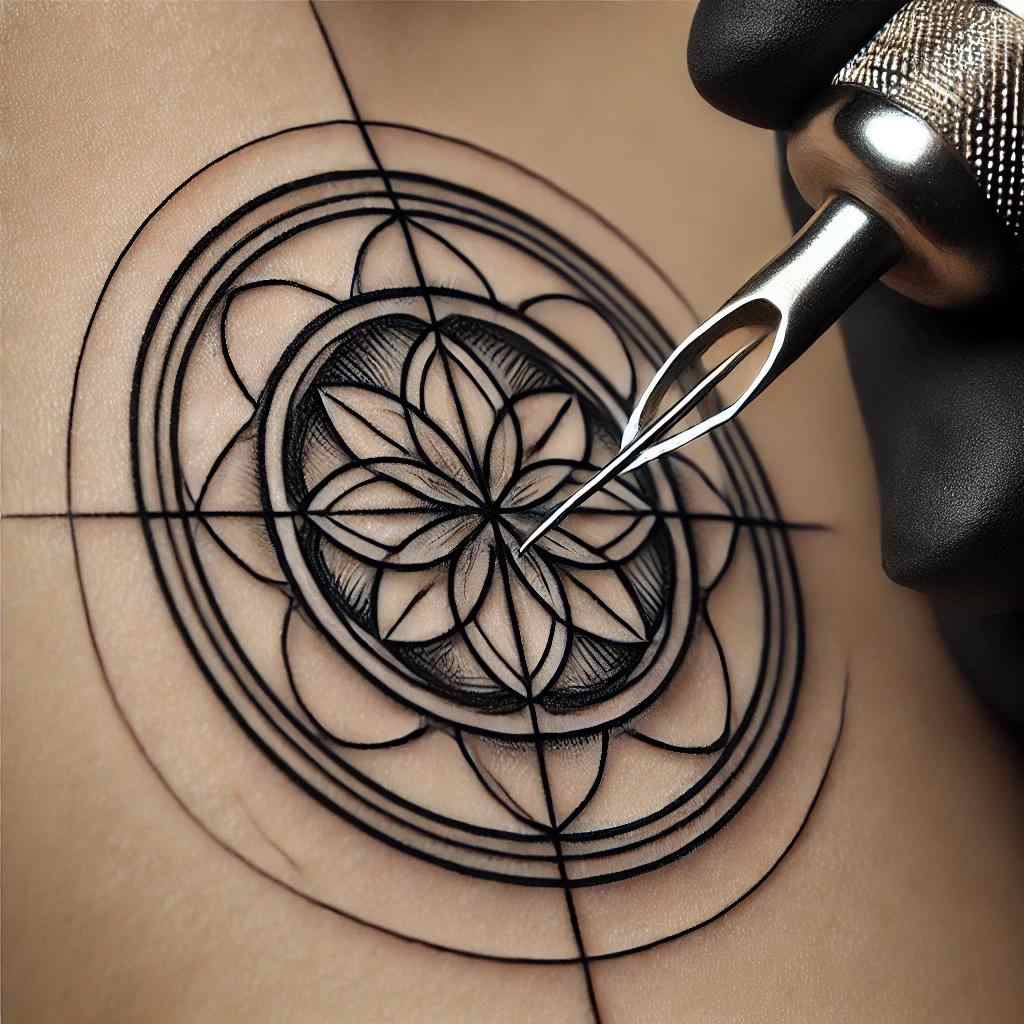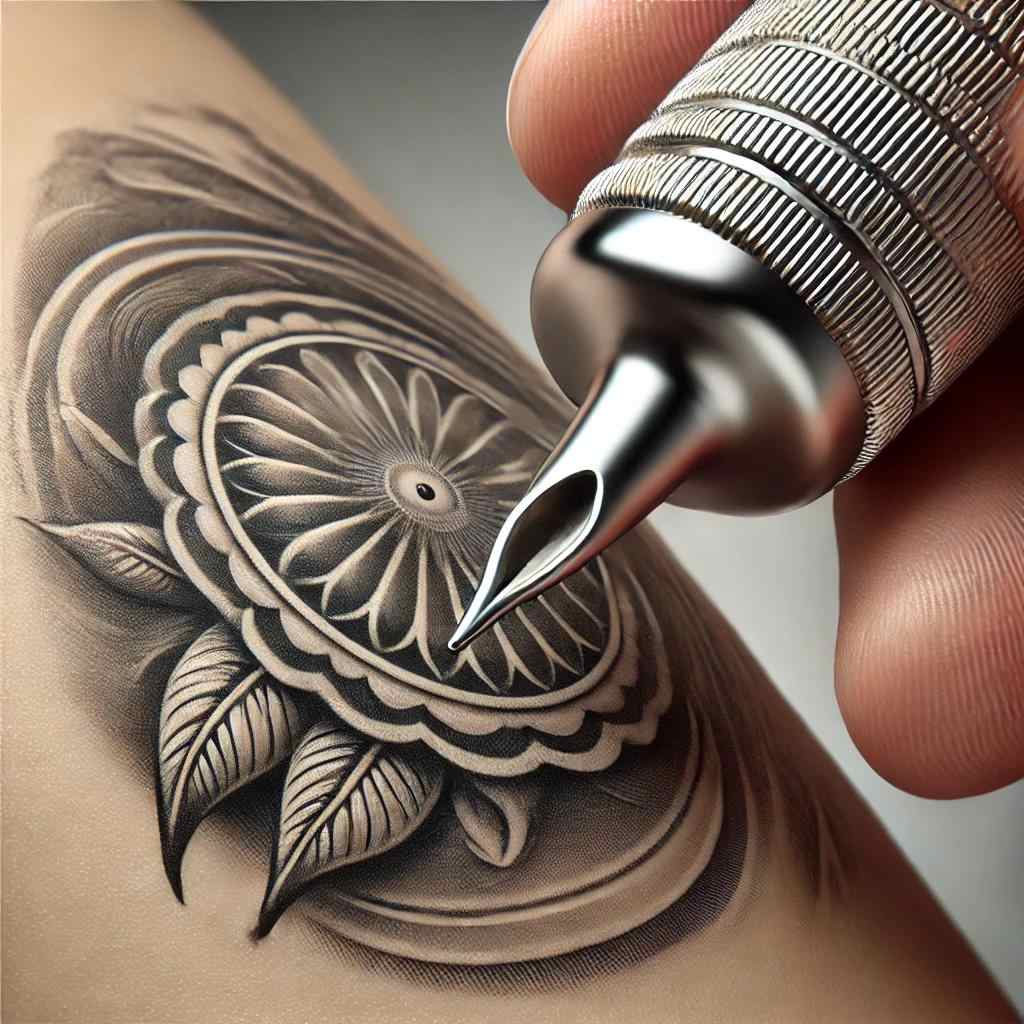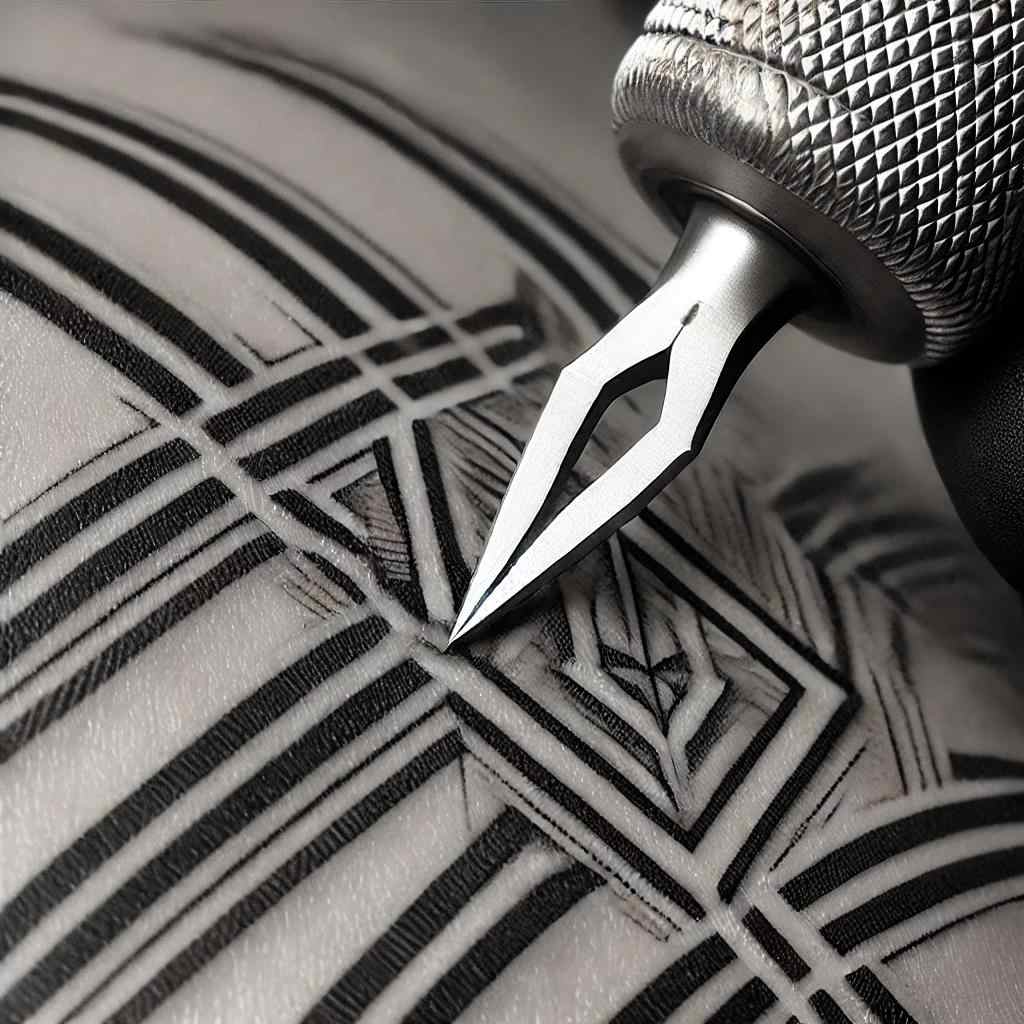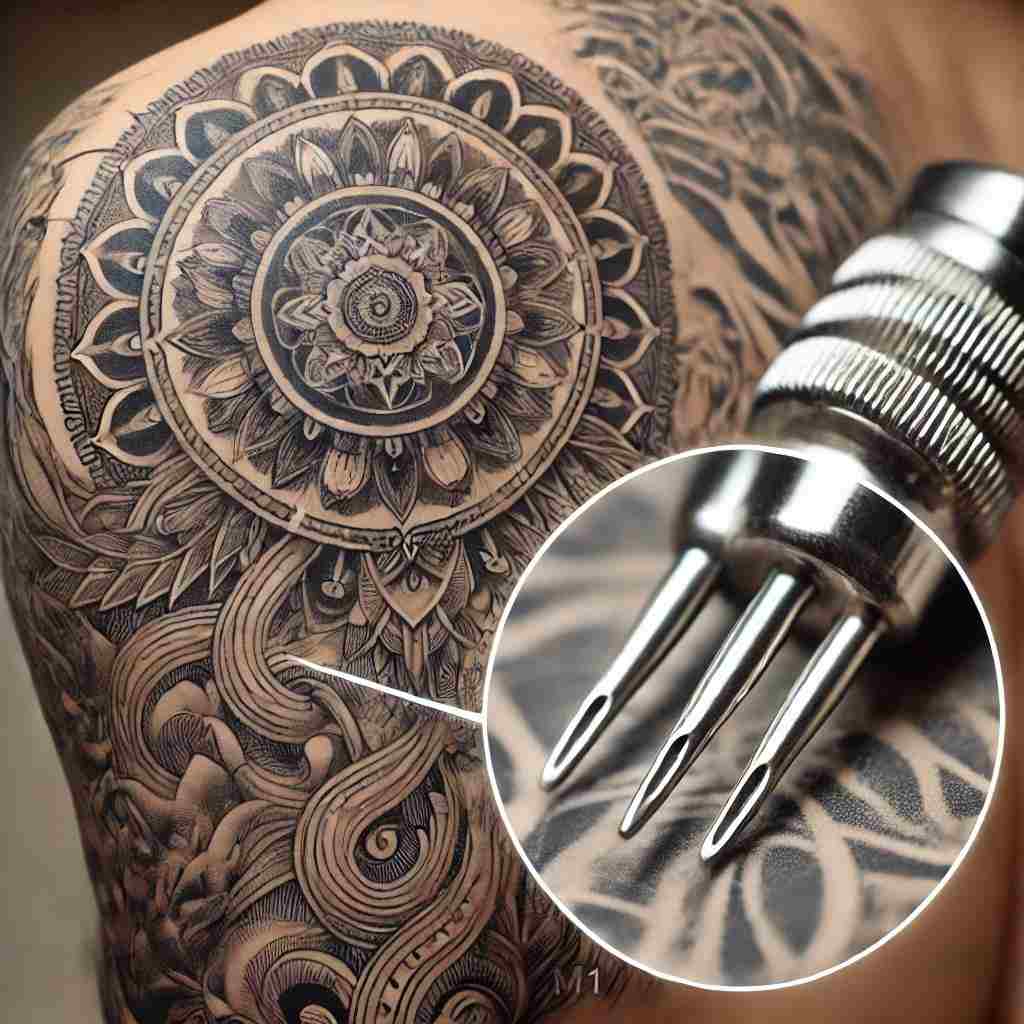Tattooing has been a form of body art and self-expression for centuries. Central to the art of tattooing is the tattoo needle. These needles are essential tools that allow tattoo artists to create intricate designs on the skin. This article will delve into the different types of tattoo needles, their uses, and why they are crucial in the tattooing process. We will also provide detailed instructions on how to use tattoo needles safely and effectively.
The Importance of Tattoo Needles
Tattoo needles are the primary instrument for delivering ink into the skin. They come in various shapes and sizes, each serving a specific purpose. The choice of needle affects the quality, precision, and comfort of the tattooing process. Understanding the different types of tattoo needles and their uses is vital for both tattoo artists and clients.
Types of Tattoo Needles
1. Round Liners (RL)
Round liners are needles grouped in a circular formation. They are used for creating clean, crisp lines and detailed work. The fewer needles in the cluster, the finer the line.

2. Round Shaders (RS)
Round shaders are similar to round liners but have more needles and are used for shading and coloring small areas.

3. Flat Needles (FN)
Flat needles have needles arranged in a straight line. They are perfect for making bold lines and shading large areas. They are commonly used for geometric and tribal designs.

4. Magnum Needles (M1 and M2)
Magnum needles are used for shading and coloring large areas. M1 needles have a single layer of needles, while M2 needles have a double layer for more efficient ink delivery.

How to Use Tattoo Needles?
1. Preparation
Before starting any tattoo work, ensure that all equipment is sterilized. This includes the tattoo machine, needles, and ink caps. Personal protective equipment like gloves should be worn at all times.
2. Assembling the Needle and Machine
Attach the needle to the tattoo machine carefully. Ensure it is secure and correctly positioned. Different machines may have varying attachment methods, so always refer to the manufacturer’s instructions.
3. Setting Up the Tattoo Machine
Adjust the machine’s voltage according to the type of needle and the area being tattooed. Generally, lining requires higher voltage, while shading requires lower voltage. Test the machine on practice skin to ensure the needle moves smoothly and steadily.
4. Skin Preparation
Clean the skin area thoroughly with antiseptic soap and shave any hair if necessary. Apply a stencil of the design if needed, ensuring it adheres properly to the skin.
5. Tattooing Techniques
- Lining: Hold the machine at a slight angle, and move steadily along the design lines. Apply even pressure to ensure consistent ink flow and depth.
- Shading: Use circular or back-and-forth motions to blend the ink smoothly into the skin. Adjust the needle depth and machine speed as needed.
Safety and Hygiene
Tattooing involves puncturing the skin, making safety and hygiene paramount. Always use single-use, sterile needles to prevent infections. Dispose of used needles in designated sharps containers. Clean and disinfect the work area and all equipment after each use.
Aftercare
Proper aftercare is crucial for the healing process and longevity of the tattoo. Advise clients to keep the tattoo clean and moisturized, avoid direct sunlight, and refrain from submerging the tattoo in water for extended periods.
Common Issues and Troubleshooting
- Ink Not Sticking: This can be due to insufficient needle depth or improper skin preparation. Adjust the needle depth and ensure the skin is clean and dry.
- Blowouts: Caused by the needle going too deep into the skin, resulting in blurred lines. Practice maintaining consistent needle depth and pressure.
- Ink Spreading: Ensure the stencil is dry before starting, and avoid overloading the needle with ink.
Conclusion
Tattoo needles are the heart of the tattooing process. Understanding their types and uses, along with proper handling and hygiene, ensures a safe and successful tattoo experience. Whether you are a seasoned tattoo artist or a client looking to get inked, knowing about tattoo needles can enhance your appreciation of this intricate art form. For more info visit lifestylesup.com
 Life Styles Up All About Fashion Related Hub
Life Styles Up All About Fashion Related Hub